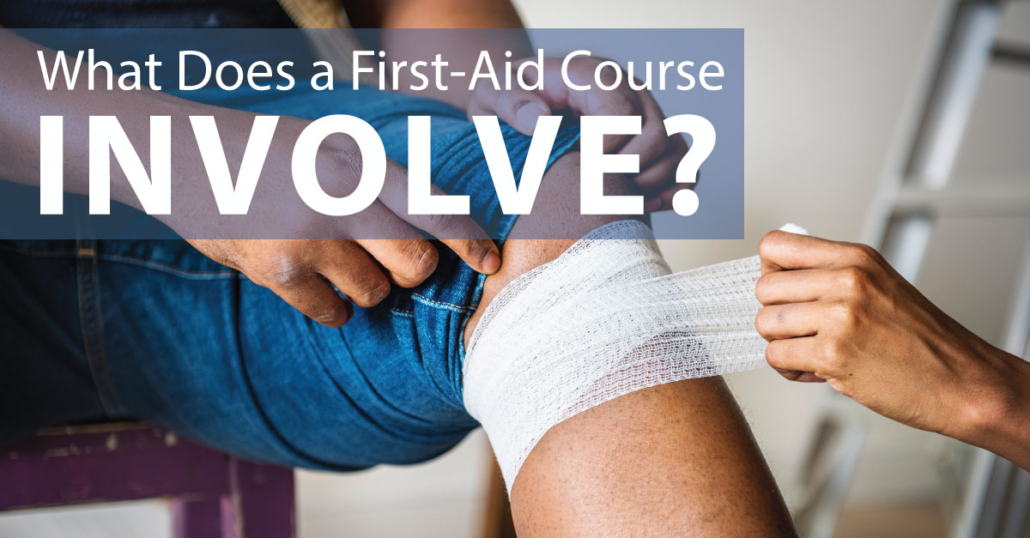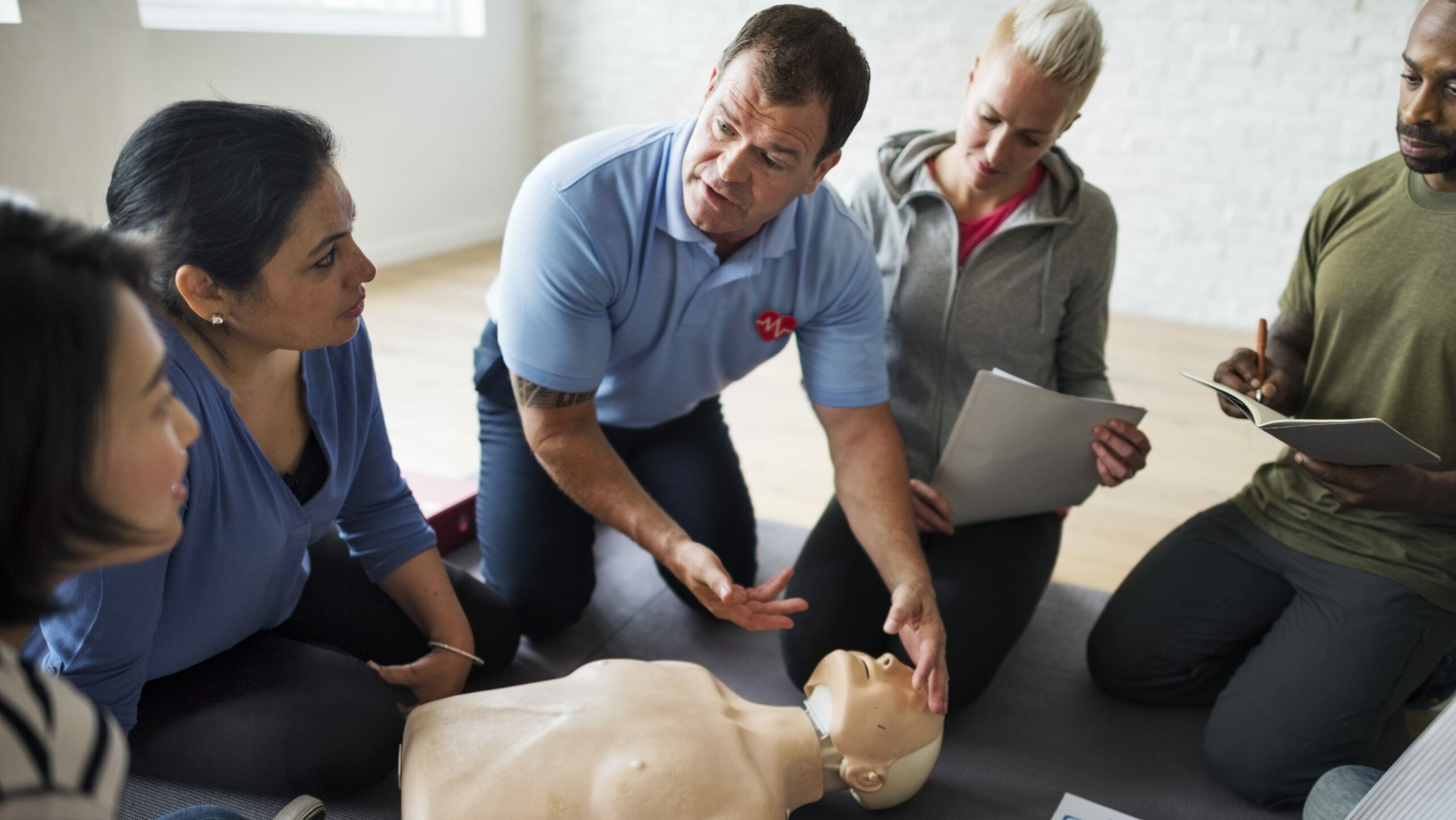Introduction
In an unpredictable globe, knowing exactly how to save a life can be one of the most effective ability one can have. Cardiopulmonary resuscitation, frequently referred to as mouth-to-mouth resuscitation, is a crucial device in emergency situation circumstances where someone's heart beat has actually stopped. It's essential for not just health care professionals but also for ordinary citizens that want to make a difference. This considerable post explores the subtleties of mouth-to-mouth resuscitation, including its significance, methods, and the detailed training offered in CPR courses.
Understanding mouth-to-mouth resuscitation: The Lifesaving Skills Educated in Mouth-to-mouth Resuscitation Courses
CPR is greater than just a collection of compressions and breaths; it is a lifesaving strategy that combines expertise with functional skills. Understanding mouth-to-mouth resuscitation includes recognizing when it is required and executing the proper actions successfully. The primary objective of mouth-to-mouth resuscitation is to preserve blood flow to important body organs until expert medical aid shows up.
Why Is Learning mouth-to-mouth resuscitation Important?
Lifesaving Potential: One of the most compelling factors to learn mouth-to-mouth resuscitation is its ability to conserve lives. According to the American Heart Association (AHA), prompt mouth-to-mouth resuscitation can increase or even triple a victim's possibility of survival after cardiac arrest.
Common Occurrences: Cardiac arrests can occur anywhere-- in the house, work, or public locations. Having actually individuals trained in mouth-to-mouth resuscitation raises the probability of timely assistance.
Empowerment: Learning mouth-to-mouth resuscitation encourages individuals with the self-confidence and capability to act decisively throughout emergencies.
Community Impact: A neighborhood geared up with people learnt first aid and mouth-to-mouth resuscitation develops much safer environments for everyone.

What Are the Objectives of a First Aid Course?
First help training courses normally intend to furnish participants with crucial abilities needed in emergency situations:
- Understanding Standard Life Assistance (BLS): Individuals learn about airway administration, breathing support, and blood circulation restoration. Identifying Emergencies: Training consists of identifying various emergency situations like choking, drowning, or heart attacks. Learning Techniques: Practical sessions focus on hands-on learning of techniques such as upper body compressions and rescue breaths.
Types of CPR Courses Available
There are numerous types of mouth-to-mouth resuscitation training courses readily available depending on individual demands:
Basic Life Support (BLS):- Aimed at doctor and professionals. Covers adult, child, and infant resuscitation techniques.
- Designed for laymans or non-healthcare professionals. Emphasizes first aid essentials along with adult/child/infant resuscitation.
- Convenient alternative for those with limited schedules. Often includes video clip demos yet lacks hands-on practice unless integrated with in-person sessions.
- Tailored programs created for particular work environment environments. Focus on pertinent circumstances staff members might encounter.
What Skills Are Covered in First Aid and Mouth-to-mouth Resuscitation Courses?
1. Acknowledging Emergencies
Participants find out how to recognize important situations calling for treatment quickly.
2. Doing Breast Compressions
Chest compressions are fundamental in keeping blood circulation during heart arrest.
3. Carrying Out Rescue Breaths
Breathing methods ensure oxygen reaches essential organs when somebody can not breathe independently.
4. Making Use Of an Automated External Defibrillator (AED)
Training often consists of how to use an AED effectively, which can restore typical heart rhythms.
5. Handling Choking Incidents
Students are shown just how to carry out stomach drives on choking targets both adults and infants.
6. Taking Care Of Other Medical Emergencies
Courses might additionally cover numerous medical situations like strokes or serious allergic reactions.
The Value of Certification After Completing a Course
Obtaining a first aid certification after finishing your training is essential for a number of reasons:
- It validates your abilities and knowledge. Many workplaces call for certification for certain roles. It constructs credibility among peers and companies regarding your preparedness to respond in emergencies.
Detailed Description of Trick Techniques Taught in Mouth-to-mouth Resuscitation Courses
Chest Compressions: The Structure of CPR
Chest compressions are arguably the most essential facet of carrying out efficient cardiopulmonary resuscitation because they flow blood through a victim's body even when their heart has actually stopped beating:
- Place your hands at the center of the person's chest. Keep your arm joints directly while pushing down hard and fast at a rate of 100-- 120 compressions per minute. Allow complete breast recoil in between compressions for ideal blood flow.
Rescue Breaths: Providing Oxygen When It Matters Most
After every 30 breast compressions, it is important to offer two rescue breaths if educated:
Open the air passage by tilting the head back slightly. Pinch the nose closed while sealing your lips around their mouth. Give two breaths lasting about one 2nd each while watching for breast increase before continuing compressions.Recognizing Cardiac Arrest vs Other Emergencies
Understanding when to launch mouth-to-mouth resuscitation can be tricky yet is extremely important:
- Look for unresponsiveness combined without any typical breathing or pulse-- this shows heart arrest. In instances where there is still breathing yet it appears abnormal (gasping), call emergency services right away before waging rescue efforts.
Using AEDs Successfully Throughout Emergencies
An Automated External Defibrillator (AED) gives clear directions through aesthetic prompts and voice commands:
Turn on the AED as soon as you obtain it from its case. Attach pads according to images on them-- one pad should go above the appropriate nipple while an additional goes below the left armpit. Ensure nobody touches the target while evaluating their heart rhythm; supply shock if encouraged by tool prompts.FAQs Concerning Recognizing CPR
Q1: How long does it require to finish an emergency treatment course?
A: Many first aid programs last in between 4-- 8 hours depending upon material deepness; sophisticated qualifications may require longer sessions topped multiple days.
Q2: Can I take an emergency treatment course online?
A: Yes! Lots of companies offer mixed knowing options where theoretical components are finished online followed by functional analyses in person.
Q3: Is certification valid indefinitely?
A: No; accreditations normally require renewal every two years as a result of improvements in standards and practices within emergency situation feedback training sectors like those involved with emergency treatment programs or BLS accreditations particularly concentrated on efficient treatment distribution techniques during crises experienced across different environments-- from homes through workplaces!
Q4: Will I discover just how to aid kids or infants?
A: Yes! A lot of high quality courses cover methods tailored particularly toward pediatric people together with adult-focused training components ensuring more comprehensive applicability throughout age groups during emergency situations encountered day-to-day within our skillstrainingcollege.com.au communities!

Q5: What are some typical mistaken beliefs about carrying out CPR?
A: A prevalent false impression is that you ought to not attempt any kind of type till qualified experts show up; nevertheless acting quickly can dramatically boost end results if initiated properly utilizing info obtained via organized programs like those provided within First Aid & & CPD settings!
Q6: Do I need any kind of special equipment for my training session?
A: Usually speaking all necessary materials will certainly be supplied by trainers including manikins used technique scenarios including both compression-only versions alongside conventional rescue breath formats ensuring comprehensive understanding got throughout coursework carried out within designated durations set aside accordingly based upon individual schedules/preferences!

Conclusion
In final thought, understanding cardiopulmonary resuscitation (MOUTH-TO-MOUTH RESUSCITATION) gears up individuals with life-saving abilities that can imply the distinction in between life and fatality throughout emergencies entailing cardiac arrest or various other wellness https://skillstrainingcollege.com.au/course/cpr-certification-course/ situations needing prompt treatment prior to professional assistance arrives! Enrolling Child Care First Aid Courses Near Me yourself right into licensed first aid programs guarantees you're prepared must an unfortunate event occur around you-- encouraging not just personal self-confidence yet likewise cultivating area durability total! Whether you choose on-line classes combined discovering techniques typical class arrangements ultimately leads in the direction of getting useful understandings enhancing action capacities responding successfully amidst unpredictability dealt with on a regular basis navigating unforeseeable conditions inherent daily living experiences shared jointly throughout culture today!
By prioritizing education and learning bordering these essential subjects we develop safer atmospheres fostering more powerful connections in between people making entire areas healthier holistically progressing together joined actively towards accomplishing typical goals pictured throughout shared trips in advance loaded promise hope brighter futures await all of us-- one heartbeat at time!